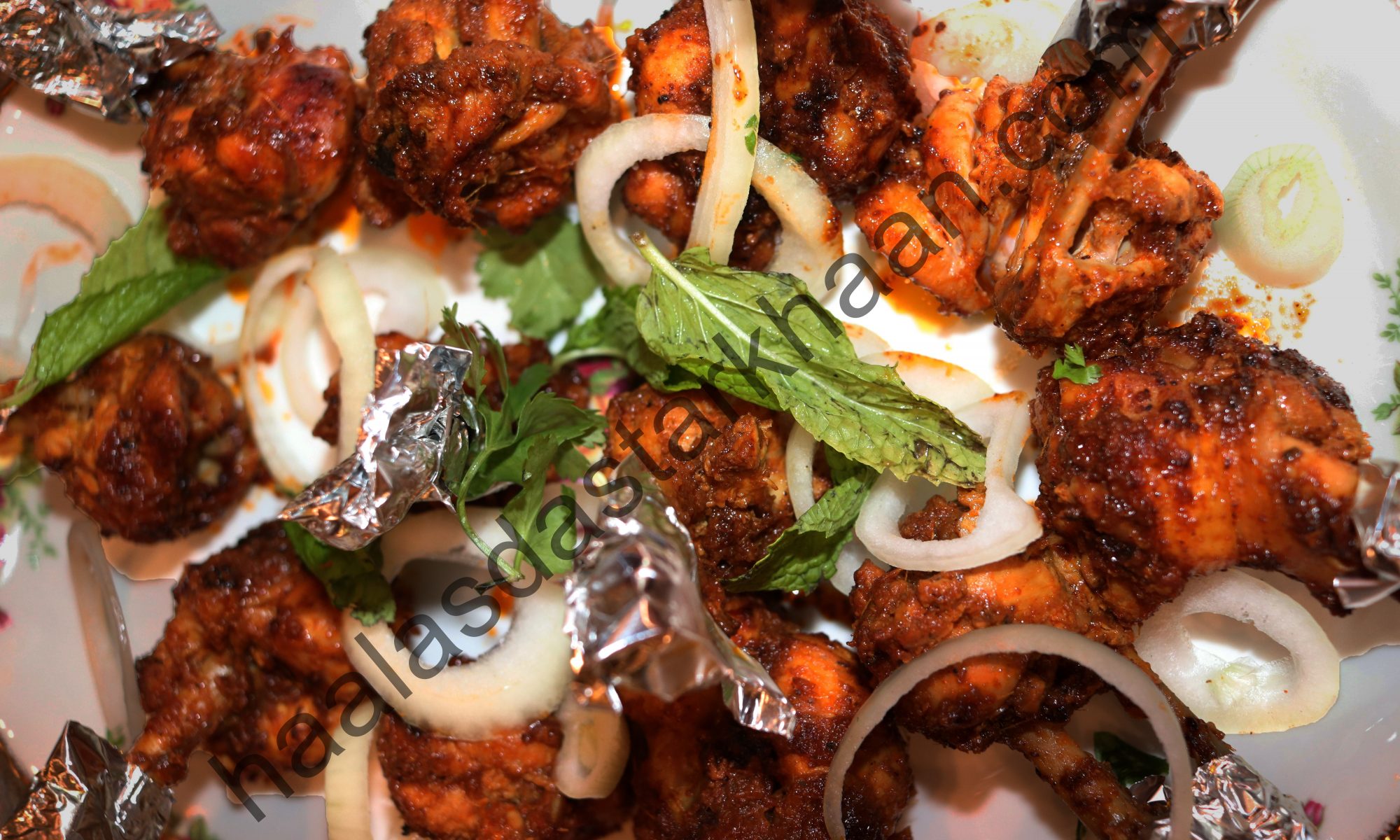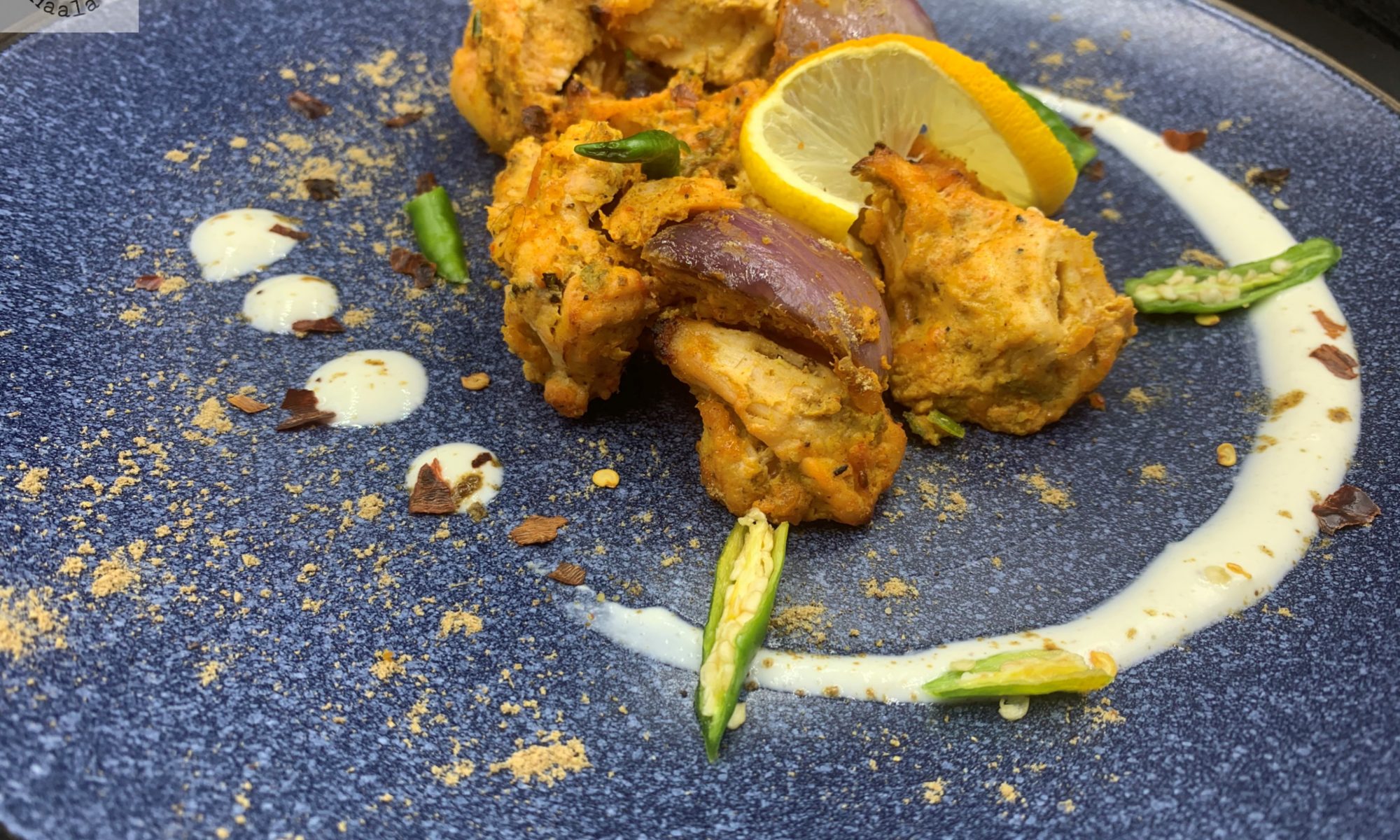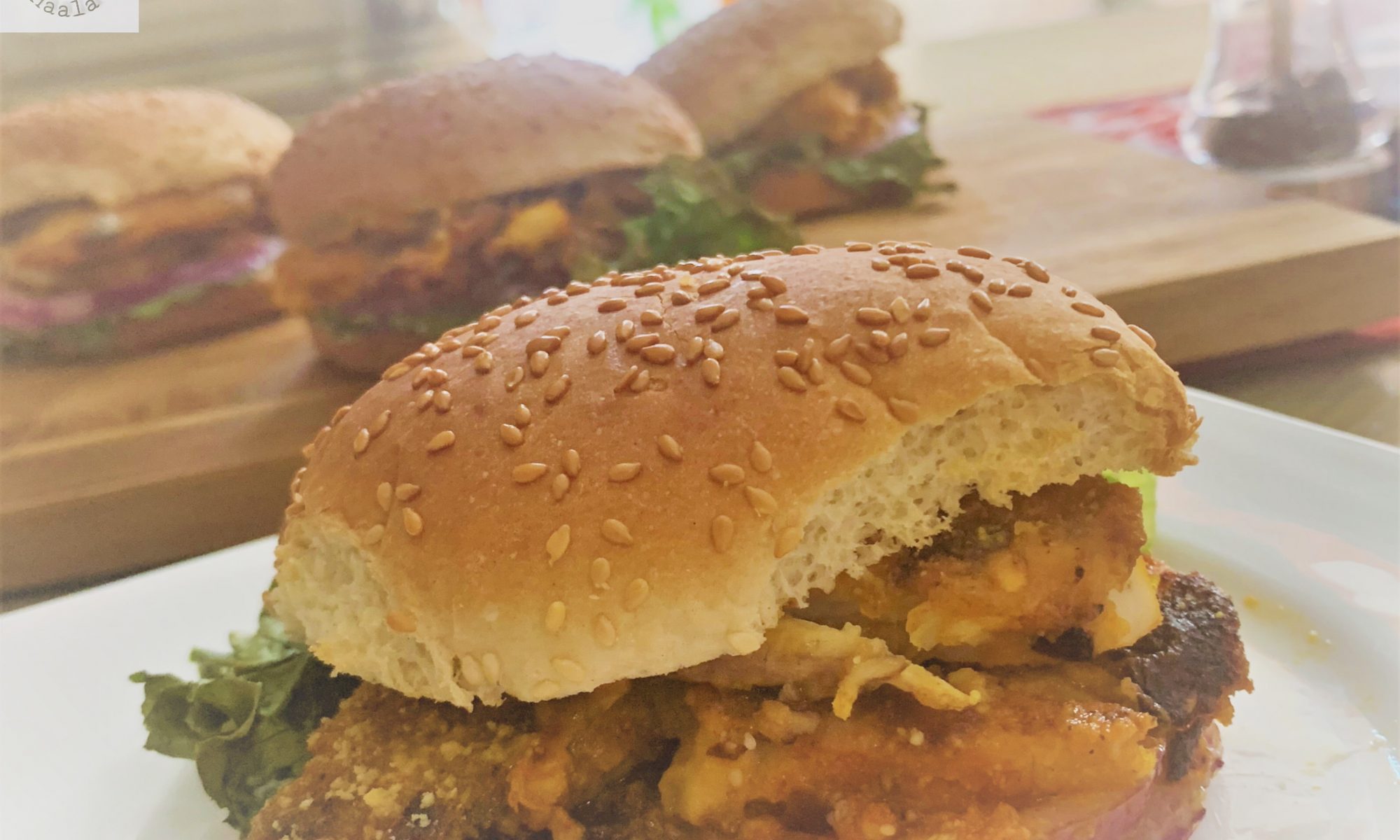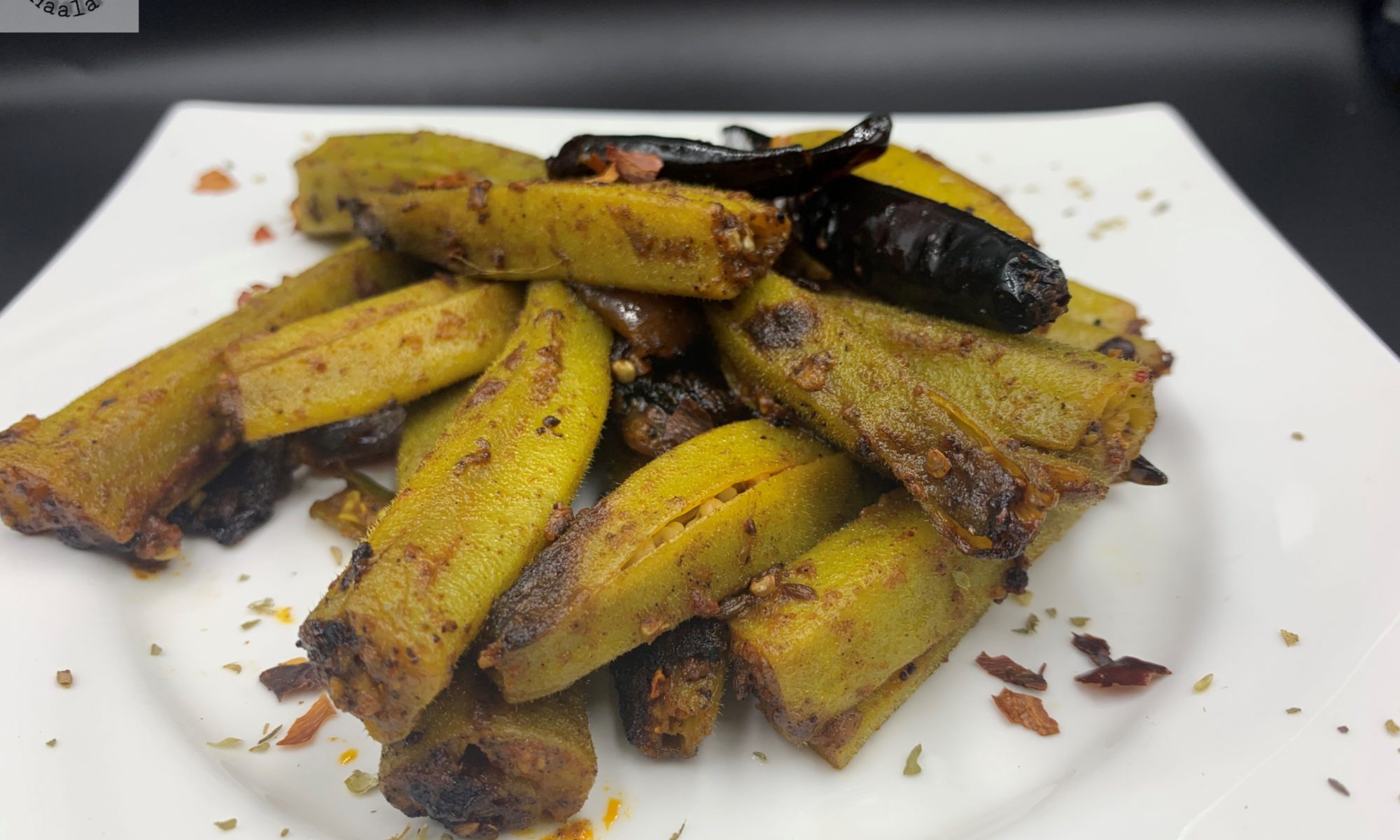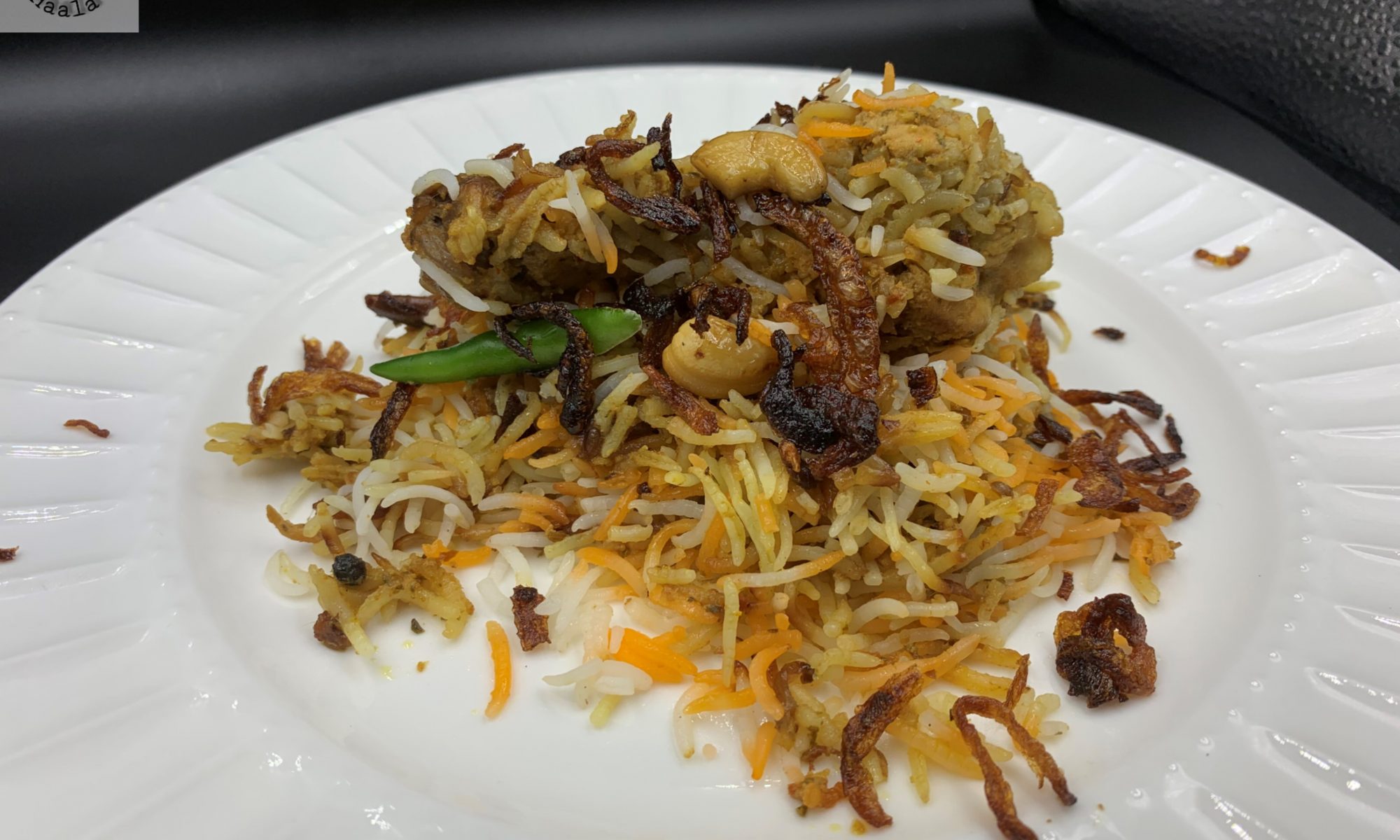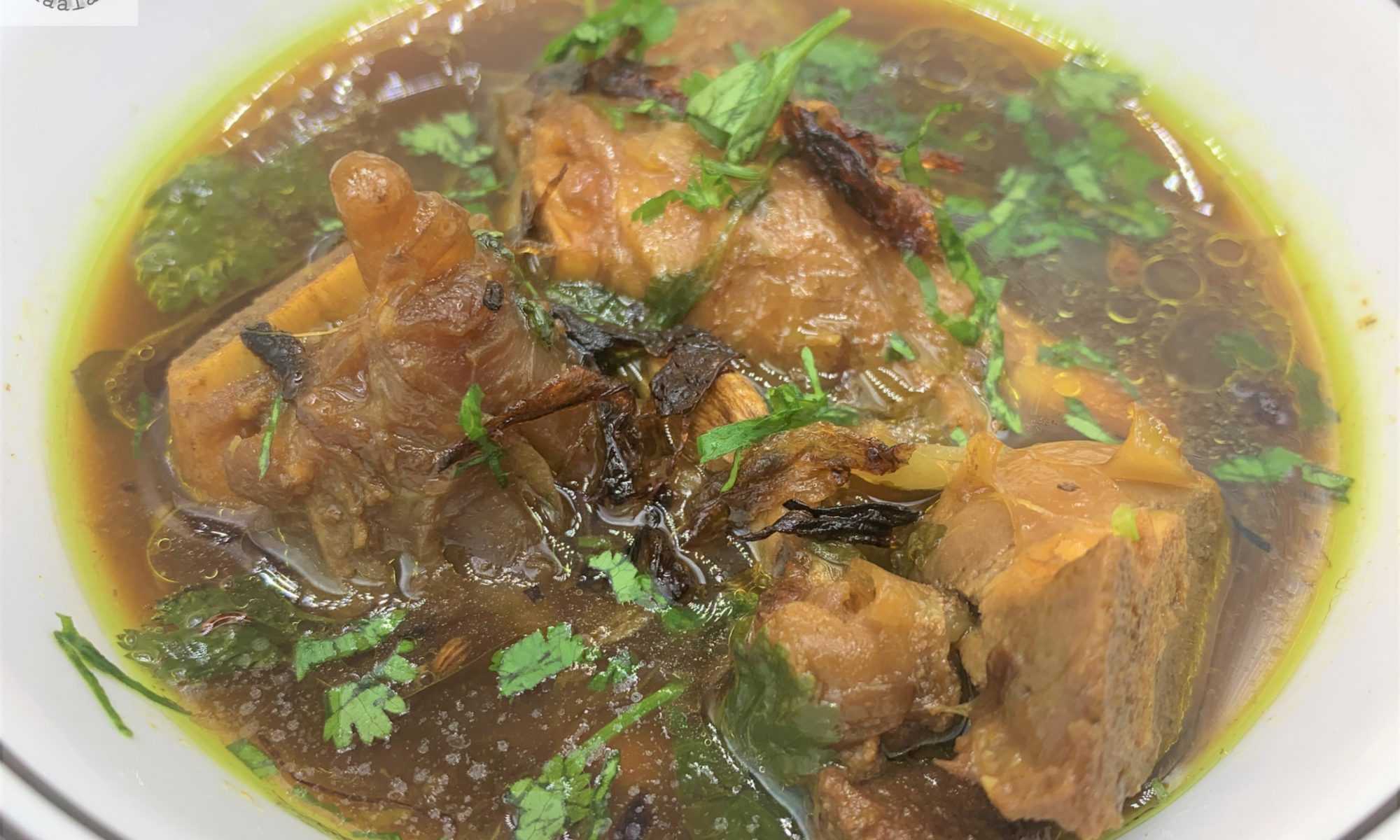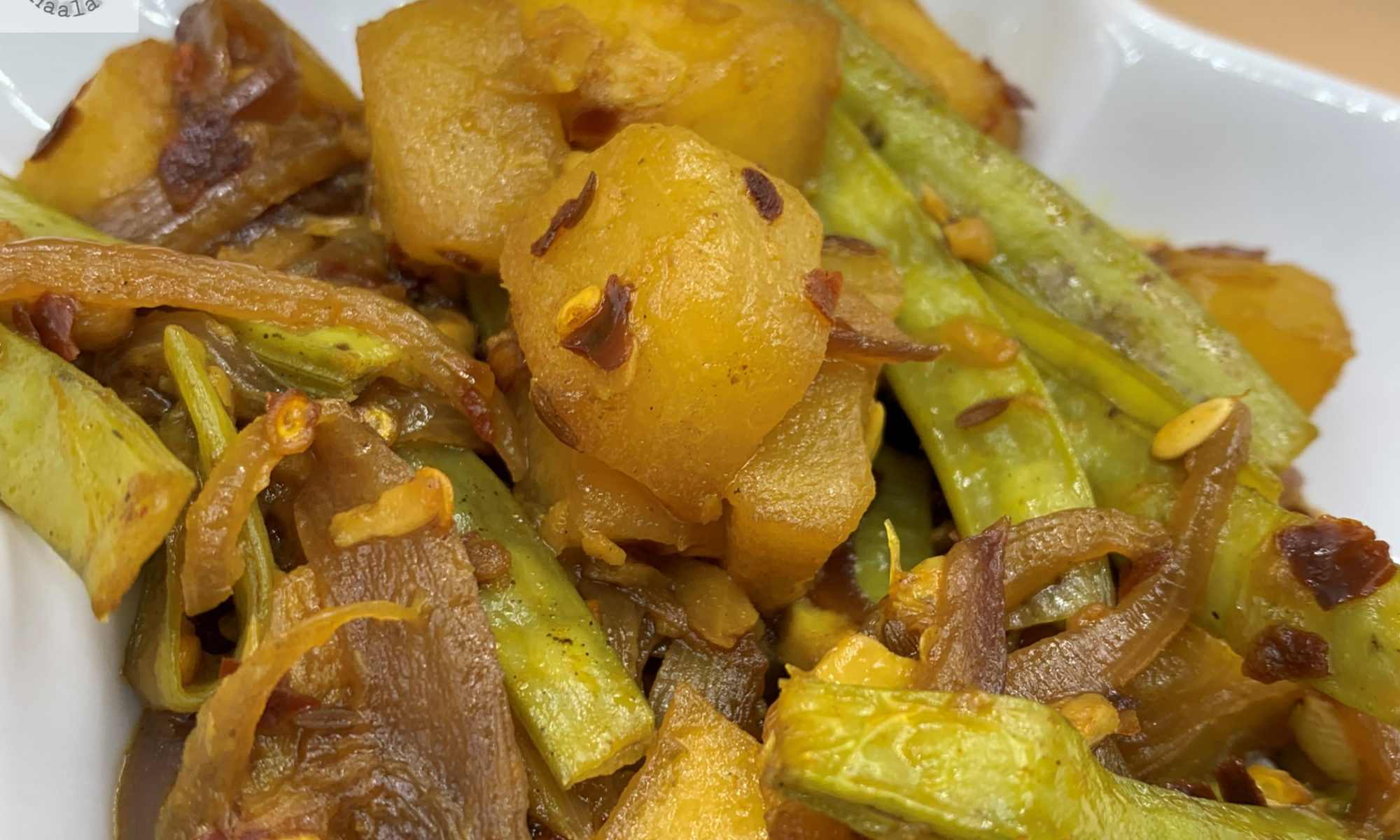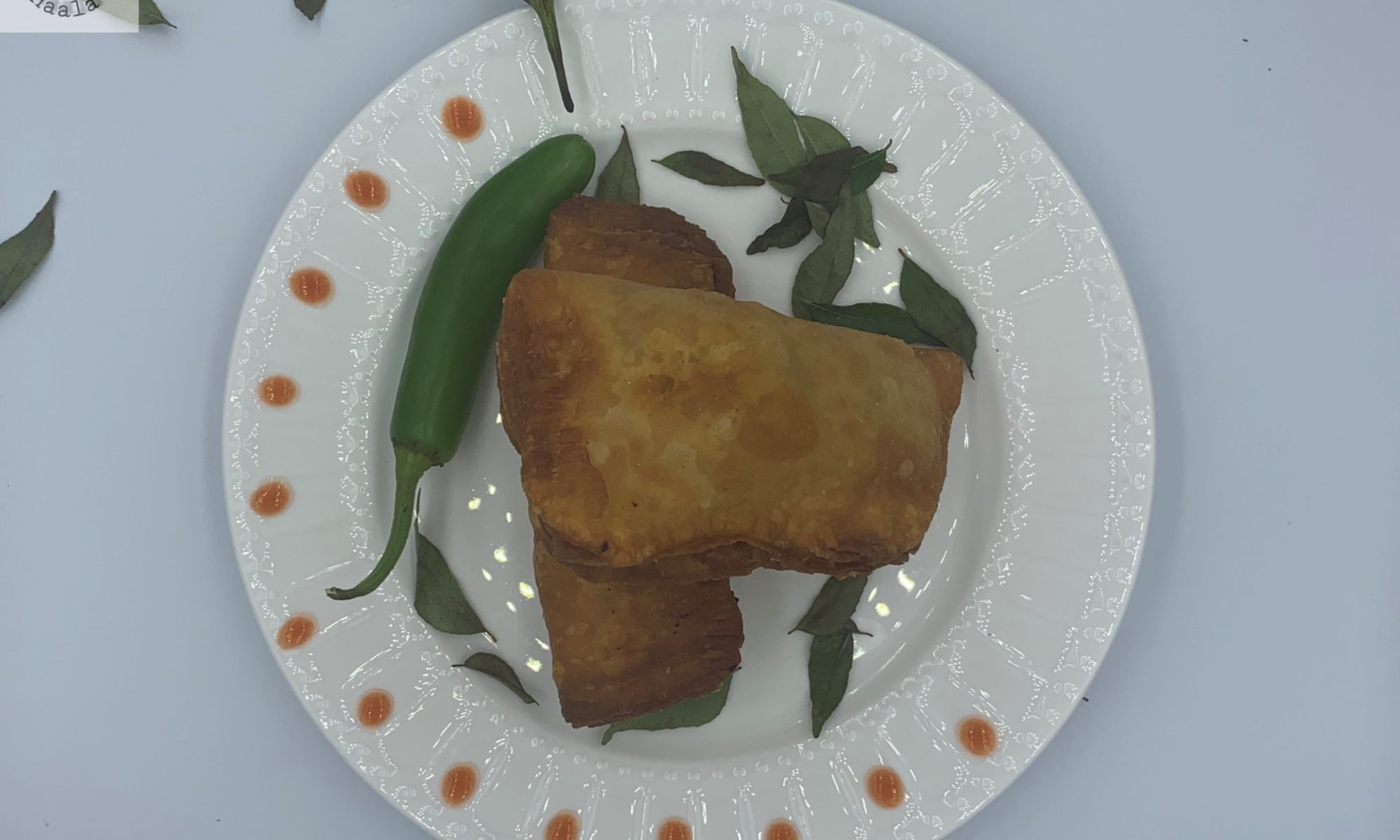These kebabs were a fluke cum delicious, they are juicy and soft. These were made while I was thinking of making some Kebabs for lunch and I couldn’t decide on what to make and finally the idea of going a little different than usual gave birth to this scrumptious invention. These kebabs have a pretty simple marinade and are pretty impressive for the way they taste compared to the effort that’s put in.
Some dishes need be improvised where as some super fab one where you just follow your heart and make them trusting your taste buds. This is one of those fab recipes which were made just following my heart and turned out a keepsake. To start with I made these kebabs using Chicken Breast. I have mentioned in my other recipes as well that Chicken breast tend to make dishes a little dry, specially kebabs. So, the thing that you can you can do to make your kebabs moist using Chicken breast is to add more ingredients that are cream based. Ingredients like Yogurt, cashew puree, cheese, cream and even buttermilk. In some cases even adding a little extra butter adds a lot of moisture to the kebabs. Therefore, Murgh Zafrani Tikka, you can pick any Boneless Chicken Thigh and leg meat or Chicken Breast. Your kebabs will be juicy, moist and absolutely delicious.
Addition of different spices was a little adventurous and I just followed my taste buds. Initially I marinated the chicken chunks in Ginger garlic paste, green chilies, Lemon juice saffron and salt. I left the juices to mix in for 30 minutes, which added a perfect flavor to the Chicken. Saffron added a lot of fragrance along with flavor. I am in love with saffron. It happens to be my favorite spice and I love to add it to my dishes be it sweet or spicy. The spice just gives out an amazing fragrance when added to your dish.
I further added Yogurt and spices. Cumin Powder, Tandoori Powder, White Pepper and Turmeric Powder were what I used since I wanted the flavor to be not too spicy and not too mild either and something that would enhance and bring out the flavor of Saffron. To add a little crunch I added some Besan which was dry roasted before adding. Adding a little Kasoori methi adds a different flavor to the kebabs.
You can always cook them on the pan too by adding a little oil or you can also use the Oil spray. Kebabs are something that cross out all the restrictions and can be made anytime anywhere. I fail to understand recipes that only require an oven. That should never be the case. So, oven, no oven, grill, no grill…as long as you have these kebabs marinated the right way and have fire, these kebabs can be cooked in no time. I generally do not serve them with the stick unless I make them for a kid’s party. If you are using the wooden skewers, always soak them in water for 20 minutes before adding your kebabs to it. Soaking in water doesn’t let them burn in the pan or oven while cooking.
These kebabs are very easy to make and perfect for beginners. Since it doesn’t require any grinding or blending, they are prefect if you want to add an extra dish to your table without putting in too much time into making it. These Kebabs are on the milder side so if you aren’t a fan of something outrageously spicy, this is a perfect recipe for you.
